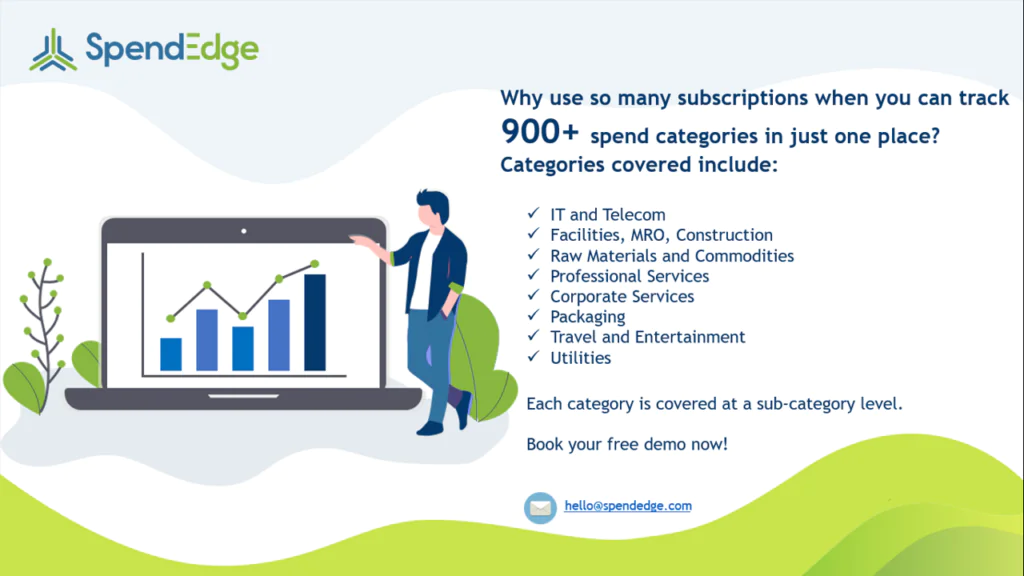Post-pandemic, the automotive industry saw a surge in ad spending, particularly by makers of recreational vehicles (RVs) and luxury cars, capitalizing on trends like “memorable rides” and “holiday road trips.” Despite this, automotive ad spend has been on a steady decline over the past seven years. While advertising remains a key part of the industry, the downward trend reflects deeper challenges. Rising input costs and shrinking margins are forcing automotive businesses to prioritize cost control over discretionary spending. To drive profitability, procurement teams must adopt a mindset focused on continuous cost reduction and improvement, making cost consciousness a core strategy. Automotive procurement organizations that successfully integrate this approach will be better positioned for long-term effectiveness and profitability.
A Strategic Approach for Automotive Procurement
As the automotive industry faces increasing pressure from rising costs and shrinking margins, procurement teams must shift their focus to cost reduction strategies. By embedding a culture of cost consciousness, businesses can safeguard profitability and position themselves for long-term success.
Reduce business costs to drive margins (Yes, it might sound a bit preachy)
Global auto sales have been consistently looking up since 2020. Even so, unit sales in 2023 are unlikely to reach 2019 levels (77 million). So, with margins under pressure amid sustained inflation, in the short term, automotive procurement organizations might have to persist with the policy of cutting back avoidable costs (“discretionary costs”), including ad, maintenance, and training expenses.
Sustain momentum with cost savings
High interest rates and squeezed supply lines, bugbears that the industry struggled to fix last year, are far from over. Inflation and energy costs, coupled with lurking recessionary fears in consumer minds, are certainly resulting in some active demand destruction in the sector. The mood among industry watchers is one of tepid optimism. On one hand, auto businesses have ramped up production. But, with showroom prices hitting record highs, auto makers might have to dangle profit-draining discounts to get buyers. Therefore, saving costs to avoid margin shrinkage and shore up profits assumes greater importance for automotive procurement organizations now more than ever before.
Elevate “cost consciousness” into an organizational core value
The long-term profitability and sustainability of the auto industry hinges almost entirely on cost. Predictably, cost reduction trumps almost everything else on the C-suite agenda these days. That said, businesses that meet with high success rates in their cost-saving journey are ones that have managed to solder in cost paring as a shared value into the collective psyche of their procurement workforce. Encouraging employee participation in the run-up to the decisions around cost and involving as many hands as possible in the business’s cost budgeting are real ways in which CPOs can foster a culture of cost awareness. Rewarding cost-saving actions is also key to sensitizing automotive procurement teams about their organization’s cost footprint.
How SpendEdge can help
SpendEdge Solutions
- Get fog-free views of your supply base
- Respond to risk scenarios at lightning speeds
- Get not just in-depth but “inside info” on the supplier landscape
Get fog-free views of your supply base
Businesses across industries work with our experts to identify the most optimal supply markets with high precision. With our curated supplier databases to back them up, organizations, including automotive procurement organizations, have succeeded in more efficiently tracking supply chain data, activities, and overall performance. Up-to-the-minute reports from SpendEdge provide CPOs with the information they badly need to onboard suppliers and eliminate supply-side distortions in times of demand.
Respond to risk scenarios at lightning speeds
Signing a deal with the supplier is just half the game. The other half is about keeping an eagle eye on the supplier landscape to make sure you are getting what you bargained for in the first place. Our cost breakdown models shine a light on every single cost element in a product’s price, and these come handy for clients as bargaining chips when they are in the negotiation room with powerful suppliers. Furthermore, these mathematical models help automotive procurement organizations to respond quickly and more effectively to a plethora of risk scenarios.
Get not just in-depth but “inside info” on the supplier landscape
It’s next to impossible for the auto industry to get by without robust supply chains to avoid potential raw material disruptions and shop floor delays. SpendEdge’s veritable store of supply market intelligence is designed to help automotive procurement organizations fill out their supply network with expert vendors whose performance across critical KPIs, including the environmental, social, and governance (ESG) pillars, is beyond a reasonable doubt. Our supply-side intelligence puts timely insights at the fingertips of automotive procurement professionals, and this is data that is not just deep and accurate, but also hard-to-find on the clear web.






